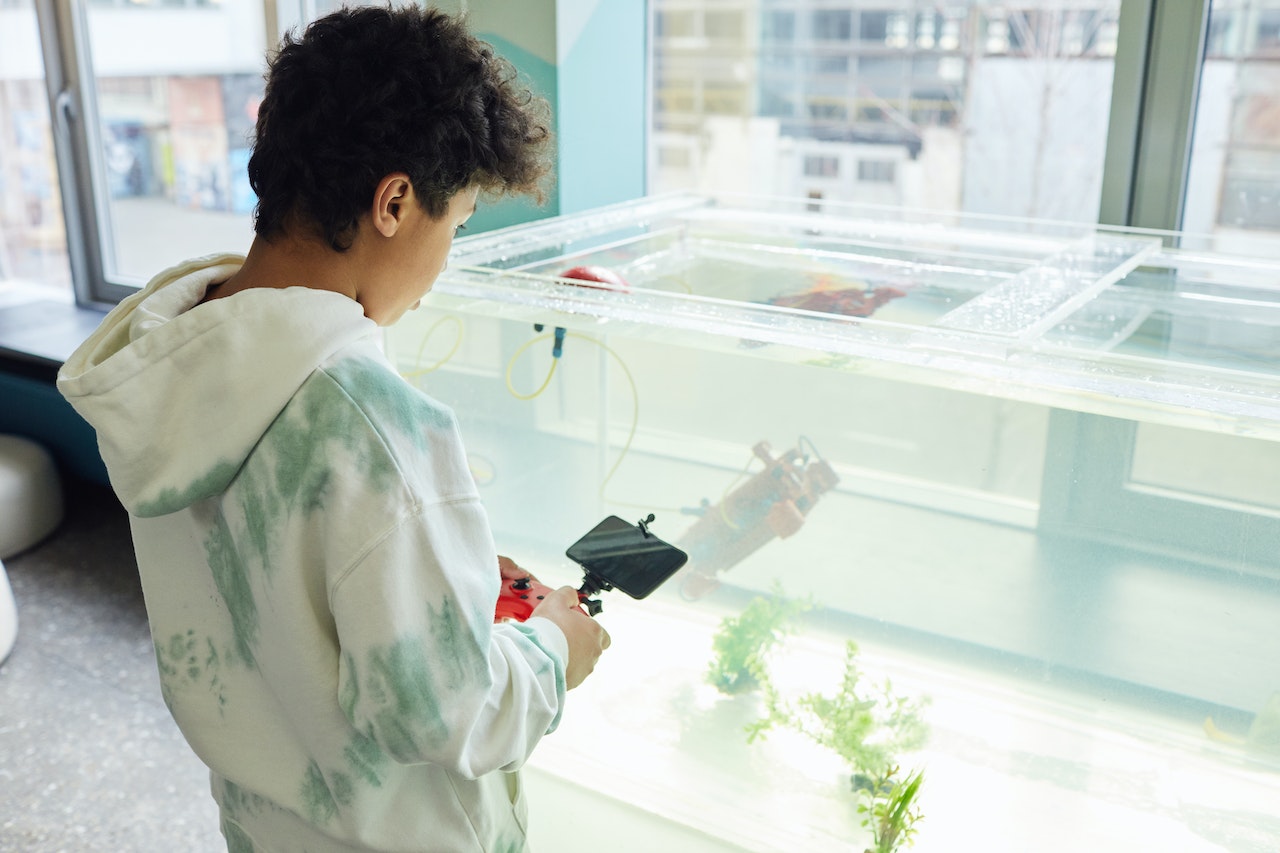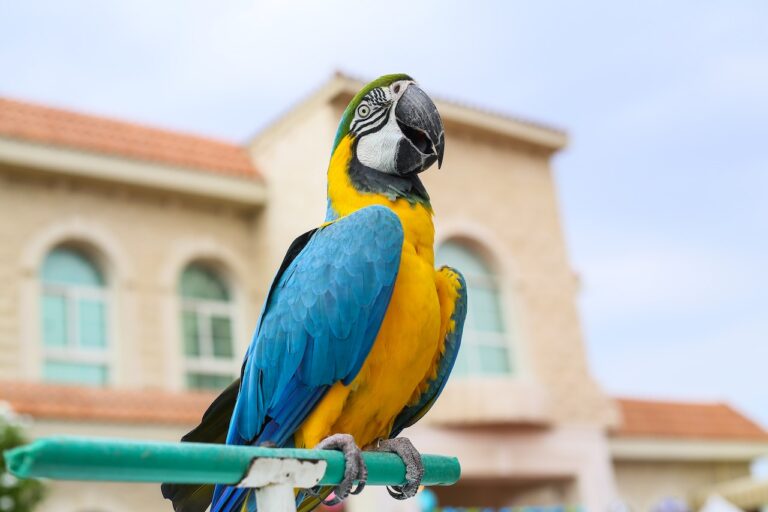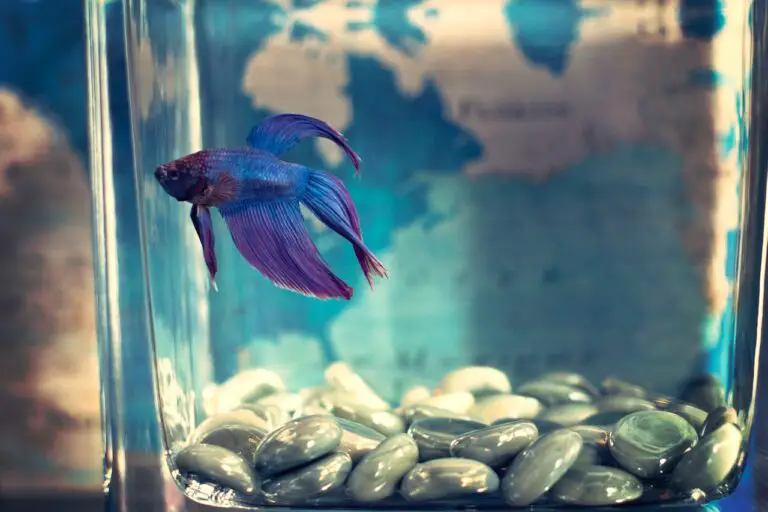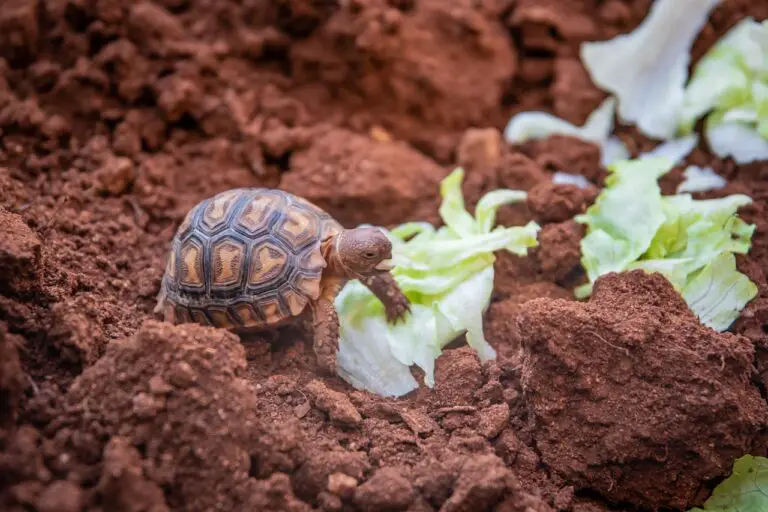Master the Art of Aquatic Exotic Pet Tank Maintenance
Are you a proud owner of aquatic exotic pets?
Whether you have a stunning aquarium filled with vibrant fish or a captivating terrarium housing aquatic reptiles, one thing remains constant – the need for proper tank maintenance.
Taking care of an aquatic pet requires more than just providing food and water.
It involves creating a safe and clean environment that mimics their natural habitat.
In this article, we will guide you through the art of aquatic exotic pet tank maintenance, providing you with valuable insights and practical tips to ensure the well-being of your underwater companions.
Key Takeaways:
- Proper tank maintenance is essential for the health and well-being of aquatic exotic pets.
- Set up an ideal tank environment with appropriate size, filtration system, substrate, decorations, and lighting.
- Monitor and maintain optimal water quality by testing parameters, performing regular water changes, and cleaning filtration systems.
- Regularly clean the tank, equipment, and decorations to remove debris and maintain a clean environment.
- Monitor and adjust water parameters such as temperature, pH, ammonia, nitrite, and nitrate levels.
- Provide a balanced diet and proper feeding guidelines for your aquatic pets.
- Take preventive measures to avoid common tank problems and algae growth.
- Maintain optimal temperature and lighting conditions for the specific needs of your pets.
- Handle tank decorations and substrate carefully, ensuring they are non-toxic and suitable for your pets’ species.
- Monitor and address any health concerns promptly, seeking professional help if needed.
- Implement quarantine procedures when introducing new pets to prevent the spread of diseases.
- Plan and take precautions when traveling with aquatic exotic pets.
Understanding the Importance of Tank Maintenance
Maintaining a clean and balanced environment is vital for the health of your aquatic pets.
Regular tank maintenance helps remove waste, toxins, and excess nutrients, minimizing the risk of diseases and maintaining water quality.
Furthermore, a well-maintained tank enhances the overall aesthetic appeal and allows your pets to thrive.
Setting up the Ideal Tank Environment
Before diving into the maintenance process, setting up an ideal tank environment is important.
Consider the following factors:
- Tank size: Ensure the tank is appropriate for the species you are keeping, providing enough swimming or crawling space. Different species have different space requirements, so research the specific needs of your pets.
- Filtration systems: Choose a filtration system suitable for the tank size and the needs of your aquatic pets. Consider options such as mechanical, chemical, and biological filtration. The filtration system helps to remove waste and maintain water quality.
- Substrate: Select a substrate that is appropriate for the species you are keeping, taking into account factors such as pH requirements and ease of cleaning. The substrate can provide a natural habitat for certain species and help with maintaining water chemistry.
- Decorations: Provide suitable decorations that mimic the natural habitat of your aquatic pets. Include hiding spots, caves, and plants to create a stimulating and secure environment. These decorations can also provide a sense of territorial boundaries for some species.
- Lighting: Install appropriate lighting to support the needs of your pets. Some species require specific lighting conditions to thrive. Research the lighting requirements of your pets and choose lighting fixtures accordingly.
Water Quality and Filtration Systems
Maintaining optimal water quality is crucial for the health of your aquatic pets.
Consider the following tips:
- Test water parameters: Regularly test the pH, ammonia, nitrite, and nitrate levels in your tank. This helps you monitor the water quality and take necessary actions if any parameter is out of balance. Testing kits are readily available in pet stores.
- Water changes: Perform regular partial water changes to remove accumulated toxins and replenish essential minerals. The frequency and amount of water changes depend on the size of the tank, the number of pets, and the filtration efficiency.
- Chlorine and chloramines removal: Use a water conditioner to remove chlorine and chloramines from tap water before adding it to the tank. These chemicals can be harmful to aquatic pets.
- Filtration system maintenance: Clean or replace filter media as recommended by the manufacturer. Regular maintenance ensures the filtration system functions optimally, removing debris and maintaining water clarity.
Regular Cleaning and Maintenance
Regular cleaning and maintenance tasks are essential to keep your aquatic pet’s tank clean and healthy.
Consider the following tasks:
- Remove debris: Use a fishnet or gravel vacuum to remove the tank’s uneaten food, waste, and decaying plant matter.
- Clean tank walls and decorations: Use a soft brush or algae scraper to clean algae buildup on the tank walls and decorations. Avoid using harsh chemicals that may harm your pets.
- Equipment maintenance: Regularly clean filters, air pumps, and heaters according to the manufacturer’s instructions. This ensures their proper functioning and longevity.
Monitoring and Adjusting Water Parameters
Monitoring and maintaining stable water parameters is vital for the well-being of your aquatic pets.
Consider the following:
- Temperature: Use a reliable aquarium heater and thermometer to maintain the appropriate temperature range for your pets’ species.
- pH levels: Monitor and adjust the pH levels to match the specific requirements of your aquatic pets.
- Ammonia, nitrite, and nitrate levels: Regularly test these parameters and take appropriate actions to keep them within safe ranges. High ammonia and nitrite levels can be toxic to your pets, while high nitrate levels can lead to algae growth.
Nutrition and Feeding Guidelines
Proper nutrition is essential for the growth and vitality of your aquatic pets.
Consider the following guidelines:
- Research dietary requirements: Learn about the specific nutritional needs of your pets’ species. Different species may require different types of food, such as flakes, pellets, live or frozen foods.
- Balanced diet: Provide a varied and balanced diet to ensure your pets receive all the necessary nutrients. Include high-quality commercial foods and supplement with occasional live or frozen foods.
- Portion control: Feed your pets appropriate portions to avoid overfeeding. Overfeeding can lead to water pollution and health issues.
Preventing Common Tank Problems
Being proactive in preventing common tank problems is essential.
Consider the following preventive measures:
- Regular water testing: Test the water parameters regularly to identify any imbalances or potential issues.
- Maintain appropriate stocking levels: Avoid overstocking the tank, as it can lead to increased waste production and stress on the aquatic pets.
- Quarantine new additions: Quarantine new fish or other aquatic pets before introducing them to the main tank. This helps prevent the spread of diseases.
- Avoid introducing contaminants: Take precautions to avoid introducing harmful substances or contaminants into the tank. This includes carefully rinsing new decorations, plants, and substrate before adding them to the tank.
Dealing with Algae Growth
Algae growth is a common issue in aquatic tanks.
Consider the following strategies to manage it:
- Control light exposure: Adjust the duration and intensity of lighting to discourage excessive algae growth. Use a timer to maintain a consistent light cycle.
- Nutrient management: Algae thrive on excess nutrients like nitrates and phosphates. Monitor nutrient levels and take appropriate actions, such as reducing feeding or adding phosphate removers, to prevent algae overgrowth.
- Algae-eating species: Introduce algae-eating fish or invertebrates, such as snails or shrimp, to help control algae naturally.
Maintaining Optimal Temperature and Lighting
Proper temperature and lighting conditions are crucial for the health of your aquatic pets.
Consider the following tips:
- Temperature requirements: Research the specific temperature range required by your pets’ species and ensure the tank’s heater maintains a stable temperature.
- Light duration: Establish a consistent lighting schedule to simulate natural day-night cycles. Aim for 8 to 12 hours of light per day, depending on your pets’ specific needs.
Handling Tank Decorations and Substrate
Tank decorations and substrate play a crucial role in both aesthetics and your pets’ well-being.
Consider the following:
- Non-toxic materials: Choose tank decorations made from non-toxic materials. This ensures the safety of your pets in case they interact with or nibble on the decorations.
- Arrangement and hiding spots: Arrange decorations to provide hiding spots, caves, and territories for your pets. This creates a stimulating and secure environment.
- Suitable substrate: Select a substrate that suits the needs of your pets’ species. Some prefer sandy substrates, while others thrive on gravel or specialized substrates. Ensure the substrate is easy to clean and doesn’t trap debris.
Handling Aquatic Pet Health Concerns
Monitoring the health of your aquatic pets is crucial for early detection and treatment of any issues.
Consider the following:
- Regular observation: Observe your pets daily for any signs of illness, stress, or abnormal behavior. Look for changes in appetite, coloration, swimming patterns, or physical abnormalities.
- Isolation when necessary: If you notice signs of illness or aggression, consider isolating the affected individual in a separate tank or container to prevent the spread of diseases or injuries.
- Seek professional help: If you’re unsure about a health issue or if your pets show severe symptoms, consult a veterinarian experienced in aquatic pet care. They can provide accurate diagnoses and recommend appropriate treatments.
Quarantine Procedures and Disease Prevention
Implementing quarantine procedures helps protect the health of your main tank and existing pets.
Consider the following:
- Quarantine new additions: Before introducing new fish or other aquatic pets to the main tank, quarantine them in a separate tank for a few weeks. This allows you to observe them for any signs of illness or parasites.
- Proper quarantine setup: Set up the quarantine tank with filtration and heating to maintain suitable conditions. Monitor the health of the quarantined pets and treat any issues before adding them to the main tank.
- Hygiene practices: Practice good hygiene when handling tanks or equipment. Wash your hands thoroughly and avoid cross-contamination between tanks.
Traveling with Aquatic Exotic Pets
Traveling with aquatic pets requires careful planning to ensure their safety and well-being.
Consider the following:
- Stable water conditions: Before traveling, stabilize the water conditions in the tank. Perform a partial water change and ensure the temperature remains stable.
- Secure the tank: Secure the tank or terrarium properly to prevent spills or accidents during transport. Use tank straps or sturdy containers to keep the pets safe.
- Care during transport: Minimize stress by keeping the pets in a dark and quiet environment during travel. Avoid sudden temperature changes or exposure to direct sunlight.
- Research local regulations: If you’re traveling long distances or crossing borders, research and comply with local regulations regarding the transportation of aquatic pets.
Conclusion
Mastering the art of aquatic exotic pet tank maintenance is crucial for the well-being and longevity of your underwater companions.
Following the guidelines and tips in this article, you can create a clean, balanced, and thriving environment that mirrors their natural habitat.
With proper care and attention, you can enjoy the beauty and tranquility of your aquatic pets for years to come.
FAQs
Can I use tap water for my aquatic pet’s tank?
Tap water can be used for the tank but should be treated to remove chlorine and chloramines.
Use a water conditioner specifically designed for aquarium use to make tap water safe for your pets.
How do I control algae growth in my aquarium?
To control algae growth, maintain appropriate lighting levels, manage nutrient levels, consider algae-eating species, and perform regular tank maintenance.
Avoid overfeeding and excessive light exposure.
What should I do if my aquatic pet shows signs of illness?
If your aquatic pet shows signs of illness, isolate the affected individual if possible, monitor their behavior closely, and consult a veterinarian experienced in aquatic pet care for a proper diagnosis and treatment.
Can I keep different species of aquatic pets together in the same tank?
Keeping different species together in the same tank can be challenging.
It’s essential to research each species’ compatibility, behavior, and specific requirements before considering cohabitation.
In some cases, it may be best to keep them in separate tanks to prevent conflicts or health issues.
How often should I clean the tank and perform water changes?
Regular tank cleaning and partial water changes should be done on a consistent schedule.
The frequency depends on factors such as the tank size, number of pets, and filtration efficiency.
As a general guideline, aim for a partial water change of around 20-30% every 1-2 weeks.
Peter Stones is the founder of Exotic Pets Place, the leading online resource for exotic pet care information.
With over 10 years of hands-on exotic pet ownership experience, he is deeply passionate about sharing his expertise to help others properly care for their unusual pets.
When he's not writing extensively researched articles or connecting with fellow exotic pet enthusiasts worldwide, you can find Peter at home tending to his own beloved menagerie of exotic animals.






![Aquatic Exotic Pet Care Tips Essential Guide [+ Common Issues], two people caring for fish](https://exoticpetsplace.com/wp-content/uploads/2023/06/Aquatic-Exotic-Pet-Care-Tips-Essential-Guide-Common-Issues-two-people-caring-for-fish-768x512.jpg)
